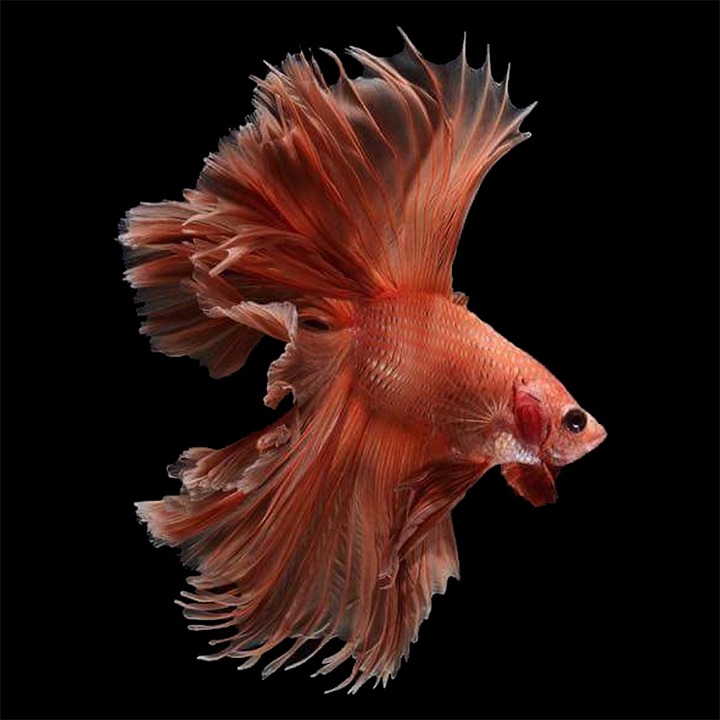Fish are incredible creatures with a wide range of behaviors that can captivate any observer. Whether you are a seasoned aquarium enthusiast or just starting your journey as a fish owner, understanding fish behavior in tank environments can deepen your appreciation for these aquatic wonders. In this article, we will explore the fascinating behavior of fish, shedding light on their social dynamics, feeding habits, and responses to their surroundings.
Social Behavior: Unveiling the Complexity of Fish Communities
Fish are known for their intricate social structures, forming complex hierarchies within their communities. Many species exhibit schooling behavior, where they swim in synchronized patterns to confuse predators and increase their chances of survival. Schooling behavior is particularly common among species like tetras, barbs, and danios.
Within these schools, you may notice a pecking order where certain individuals assert dominance over others. This hierarchy is often established through aggressive displays and territorial behavior. Observing these interactions can be both fascinating and educational, providing insights into the dynamics of social structures in the animal kingdom.
Feeding Habits: Unraveling the Nutritional Needs of Fish
Understanding the feeding habits of fish is crucial for their well-being in a tank environment. Different species have varying dietary requirements, and providing appropriate nutrition is essential for their growth and overall health.
Some fish are herbivores, subsisting on a diet primarily composed of plants and algae. Others are carnivorous, relying on a diet rich in protein, such as insects or other smaller fish. Omnivorous fish have a more varied diet, consuming both plant matter and small prey.
Observing fish during feeding time can be a delight, as they display various feeding techniques. Some fish, like bettas, will eagerly surface to feed on floating pellets, while bottom-dwelling species, such as catfish, scavenge for food particles on the tank floor. Understanding these behaviors allows fish owners to accommodate their pets’ dietary needs effectively.
Responses to the Environment: Navigating the Aquatic World
Fish have evolved various behaviors to adapt and respond to their surroundings. One such behavior is “glass surfing,” where fish continuously swim along the glass walls of their tank. This behavior can be an indication of stress, boredom, or the need for more space. Providing appropriate tank size and enrichment can help alleviate these issues.
Another intriguing behavior is “flaring” displayed by betta fish. Male bettas flare their vibrant fins and gill covers as a sign of aggression or territoriality. This behavior is often seen when two male bettas are kept in close proximity. Ensuring proper spacing and minimizing visual stimuli can reduce the frequency of such aggressive behavior.
FAQs: Common Questions about Fish Behavior
Q: Why do fish swim in schools?
A: Fish school for several reasons, including increased protection against predators, improved foraging efficiency, and enhanced reproduction success through synchronized spawning.
Q: How do fish communicate with each other?
A: Fish communicate through various means, including visual displays, chemical signals, and auditory cues. Vibrations and specialized sounds produced by certain species can convey messages to other fish.
Q: Why do some fish change color?
A: Fish change color for several reasons, such as camouflage, courtship and mating displays, territorial assertion, or to communicate their emotional state. Pigment cells called chromatophores enable these color changes.
Q: Can you train fish to perform tricks?
A: While fish do not possess the same level of intelligence as mammals, they can be trained to perform simple tricks using positive reinforcement techniques. Fish, especially species like goldfish, have impressive learning capabilities.
Q: How can I create a stimulating environment for my fish?
A: To create a stimulating environment, provide hiding spots, plants, and decorations that mimic their natural habitat. Introducing novel objects or rearranging the tank occasionally can also alleviate boredom and encourage exploration.
Understanding fish behavior enhances our ability to provide optimal care for these captivating creatures. By delving into their social dynamics, feeding habits, and responses to their environment, we can create thriving tank environments that promote their well-being and allow us to appreciate their beauty even more.









